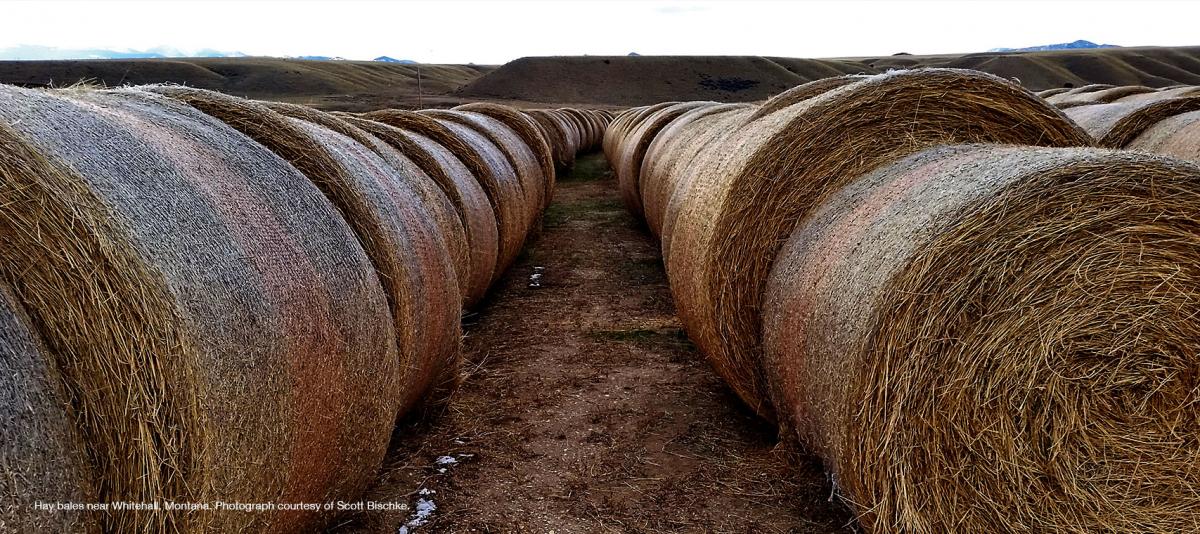
TABLES
Table I. Summary of climate metrics.
Table II. Summary of potential climate-related direct effects to forests.
Table III. Summary of potential climate-related indirect effects to forests.
Table 2-1. Average temperatures (°F) for the seven Montana climate divisions from 1981-2010.a,b
Table 2-2. Average precipitation in inches (cm) for the seven Montana climate divisions from 1981-2010.
Table 2-3. Decadal rate of change for annual average temperatures in °F (°C) for the seven Montana climate divisions (Figure 2-3), statewide, and US from 1950-2015. A value of 0 indicates no statistically significant change between decadal averages.
Table 2-4. Decadal rate of change in average precipitation in inches/decade (cm/decade) for the seven Montana climate divisions (Figure 2-3), statewide, and US from 1950-2015. A value of 0 indicates no significant change.
Table 2-5. Changes in Montana’s climate extremes. Here, we report those variables that changed significantly for Montana. For historical perspective, we also report the climate normal for these extremes from the periods 1951-1980 and from 1981-2010.
Table 2-6. Summary of climate metrics described in this chapter.
Table 3-1. Water use in Montana from the Montana State Water Plan (MT DNRC 2015). Water use can be non-consumptive (e.g., hydropower where water returns to the surface water system), partially consumptive (e.g., irrigation where some water returns to the system), or consumptive (e.g., reservoir evaporation where water is non-recoverable with respect to continued surface water use). See the DNRC Regional Basin Plans (MT DNRC 2014a, b, c, d) for additional local detail. Also note that water used for hydropower is often counted multiple times as it travels through a series of power-generating plants.
Table 3-2. Linear trends in snowpack for particular elevations east and west of the Divide, calculated from data in Figure 3-9.
Table 3-3. Montana flood history from 1908-2011 from the National Water Summary and recent observations (Paulson et al. 1991).
Table 4-1. Summary of climate metrics and related direct and indirect effects on forests.
Table 4-2. Generalized susceptibility of common Montana tree species to drought, fire, and insects and pathogens or disease, rated low to high (mod=moderate) per detailed species climate vulnerability assessment by Keane et al. (forthcoming).
Table 4-3. Summary of potential climate-related direct effects to forests.
Table 4-4. Summary of potential climate-related indirect effects to forests.
Table 4-5. Potential changes in fire regimes under a changing Montana climate, with greater certainty in short-term, versus long-term, changes.
Table 4-6. General adaptation strategies to increase resilience of forests to climate change and variability.
Table 5-1. Summary of major crop and livestock revenues in Montana in 2015 (USDA-NASS 2015).
